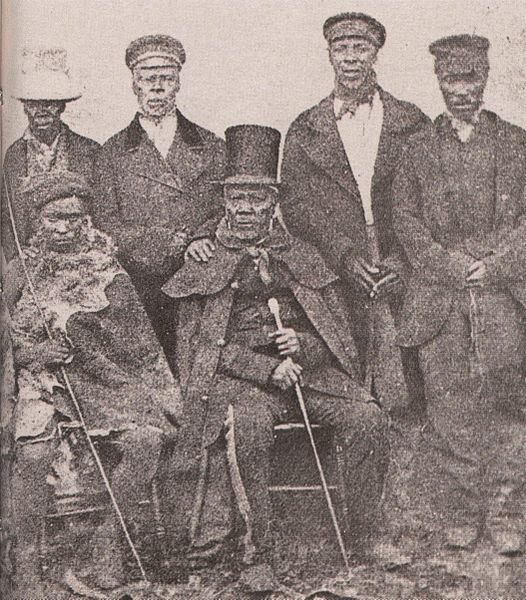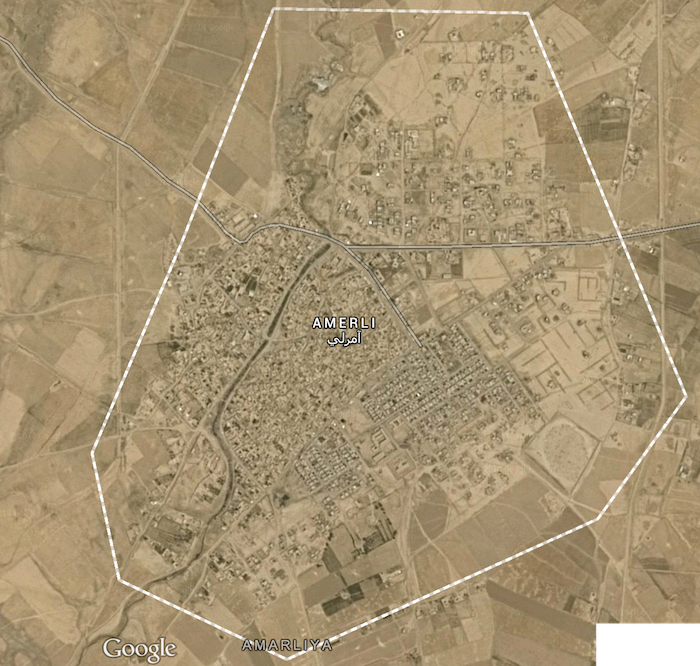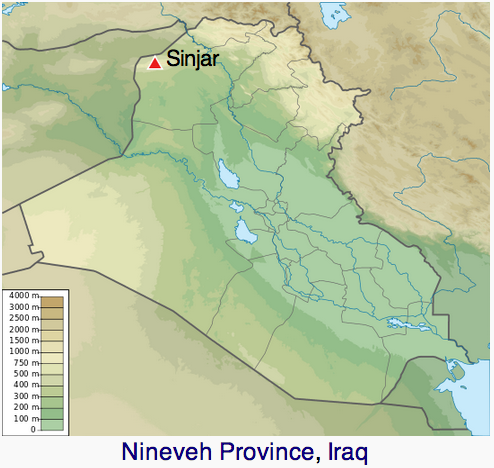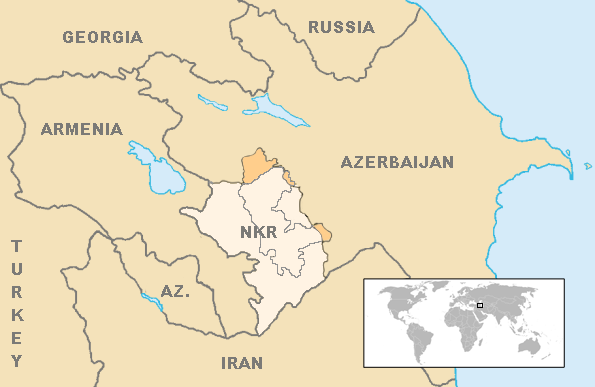As we approach another American bombardment, expanding from Iraq into Syria — the latest in a history spanning more than two centuries — it’s important to remember and reflect upon the continuing casualties of past cross-border bombardments by United States forces.
As the Laotian Civil War (1953-1975) spiraled out of control by the late 1960s and came to involve everyone in the region and the United States, the government and military of Laos attempted to drop out of involvement in the Vietnam War and wider Indochina struggle. But the North Vietnamese Army, opposed by the United States, continued to maintain a presence there and was using the country as a supply line to communist rebels in South Vietnam.
In response, from about 1969 to 1973, the United States military dropped 260 million cluster bomblets on the country a little over forty years ago. As many as 80 million of these munitions remain unexploded and potentially live, across the Laotian countryside, which is one reason why Laos has lagged so far behind the region in economic development. (It’s hard to expand or upgrade farms, let alone build infrastructure and communities when there are armed bombs everywhere, going off unexpectedly all the time). 20,000 people have been killed or injured in Laos by unexploded cluster bomblets since the end of the cluster bombing campaign in the early 1970s. Al-Jazeera recently reported on some of the local teams trying to clear areas of bombs.

Caption: Unexploded cluster sub-munition, probably a BLU-26 type. Plain of Jars, Laos. | Credit: Seabifar – Wikimedia






